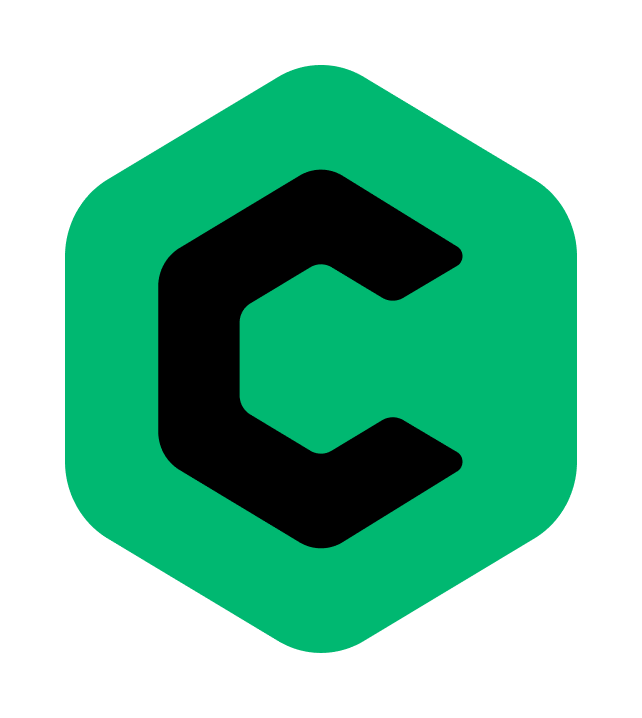335 reads
Developing & Distributing iOS apps: Apple Certificates and Provisioning Profiles
by
January 20th, 2021

We use the latest tools and technology stack to create and design high-quality web, mobile, and IoT solutions.
About Author
We use the latest tools and technology stack to create and design high-quality web, mobile, and IoT solutions.